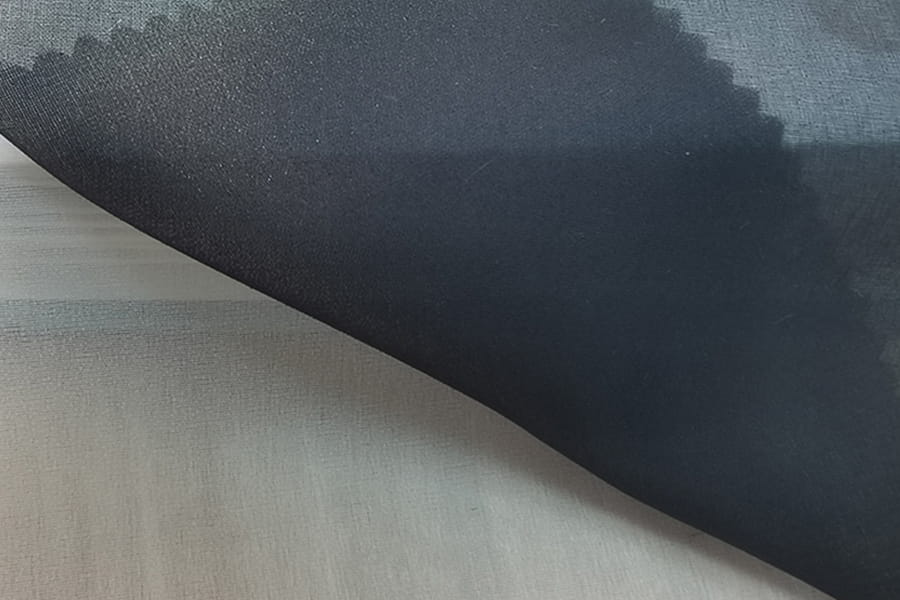When selecting a functional lining fabric, several properties are considered to ensure it meets the desired performance, comfort, and durability standards.
The ability of the fabric to allow air and moisture vapor to pass through.Essential for garments where ventilation is required, such as activewear or outdoor clothing, to prevent overheating and ensure wearer comfort.
The ability to draw sweat or moisture away from the skin to the fabric's surface, where it can evaporate.Vital in sportswear and activewear to keep the wearer dry and comfortable during physical activities.
The ability to retain heat and provide warmth.Importance: Critical for cold-weather applications, such as winter jackets or outdoor gear, where the lining needs to trap body heat.
The fabric's low weight relative to its size and volume.Importance: Important for applications like sportswear or luggage linings, where minimizing weight enhances functionality and comfort.
The fabric's resistance to wear, tear, and abrasion over time.Importance: Essential for applications where the lining undergoes frequent use or stress, such as in workwear or backpacks.
The fabric's ability to stretch and recover without damage.Importance: Necessary for linings in garments requiring a snug or dynamic fit, such as leggings, gloves, or fitted jackets.
The fabric's ability to repel or prevent water penetration.Importance: Crucial for linings in rainwear, footwear, or outdoor equipment to keep the user or contents dry.
The ability to resist the growth of bacteria, fungi, and odors.Importance: Useful in applications like activewear, medical garments, or shoes, where hygiene is a priority.The ability to regulate temperature by retaining or releasing heat as needed.Important for garments used in variable climates, ensuring comfort in both warm and cool conditions.
The texture and feel of the fabric against the skin. A priority for linings in garments or accessories that are in direct contact with the skin, such as jackets, hats, or gloves.The ability to reduce or eliminate static electricity buildup.Prevents discomfort and garment clinging, especially in synthetic linings used in formalwear or office attire.
The ability to block harmful ultraviolet (UV) rays from reaching the skin.Critical for outdoor clothing and accessories, especially in environments with prolonged sun exposure.The ability to repel or resist stains and spills.Useful in applications like uniforms or children's clothing, where the lining may be exposed to dirt or liquids.
The fabric's ability to minimize rustling or crinkling sounds.Important for linings in hunting gear, luxury outerwear, or products where silence enhances user experience.The sustainability of the material, including its recyclability, biodegradability, or use of renewable resources.Increasingly significant for brands and consumers focused on environmentally friendly products.
Definition: The fabric's ability to resist burning or withstand high temperatures.Essential for safety applications, such as protective gear, automotive interiors, or industrial uniforms.The ability to resist catching or tearing on sharp or rough surfaces.Ensures longevity and smooth integration into garments or products like luggage.
The ability to bond or integrate with outer fabrics or layers without peeling or separating.Critical for multi-layered constructions like laminated fabrics or insulated jackets.
Factors to Prioritize
Intended Use: Match the lining’s properties to the specific requirements of the garment or product.End-User Comfort: Balance technical performance with comfort and aesthetics.Environmental Conditions: Consider factors like temperature, moisture, and UV exposure.

 English
English 中文简体
中文简体 русский
русский Español
Español









